KIT Prints Tungsten Components by Electron Beam Melting
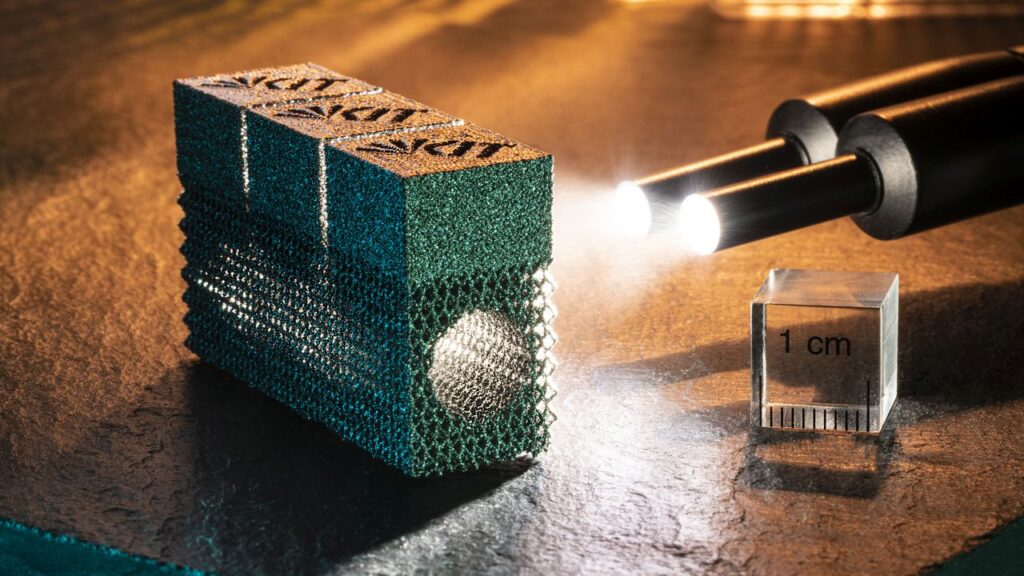
Tungsten has the highest melting point of all metals, 3,422 degrees Celsius. This makes the material ideal for use at high temperatures in e.g. space rocket nozzles, heating elements of high-temperature furnaces, or the fusion reactor. However, the metal is highly brittle and, hence, difficult to process. Researchers of Karlsruhe Institute of Technology (KIT) have developed an innovative approach to making this brittle material soft. To process tungsten, they have determined new process parameters for electron beam melting.
High Performance Computing and GENE-3D
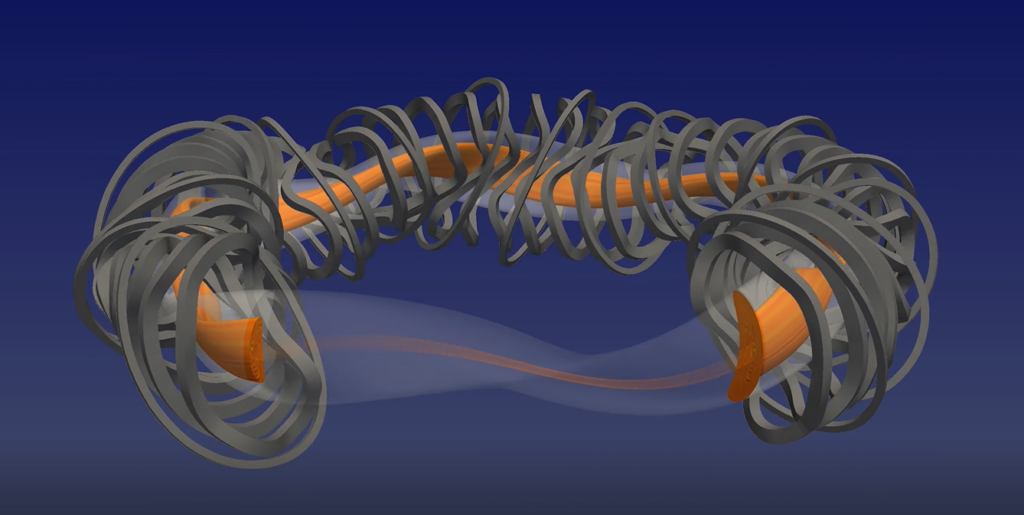
High Performance Computing (HPC) has been driving advances in science, technology, medicine, and many other fields since its beginnings in the 1960s. After some years of developing the technology, the Cray-1 supercomputer debuted in 1975 with a processing capability of 160 megaFLOPS. (FLOPS stands for Floating Point Operations Per Second, which is a measure of […]
EU-US Breakthrough Mitigates Effects of Fusion Instabilities
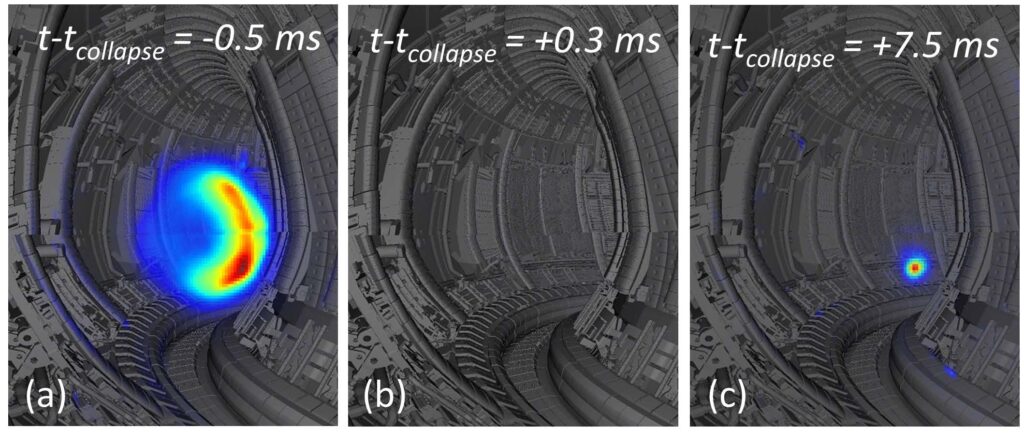
A new braking technique can protect future fusion devices from damage by fast electrons erupting from their 150-million-degree plasma.
Virtual reality guides engineers to perform ITER maintenance works
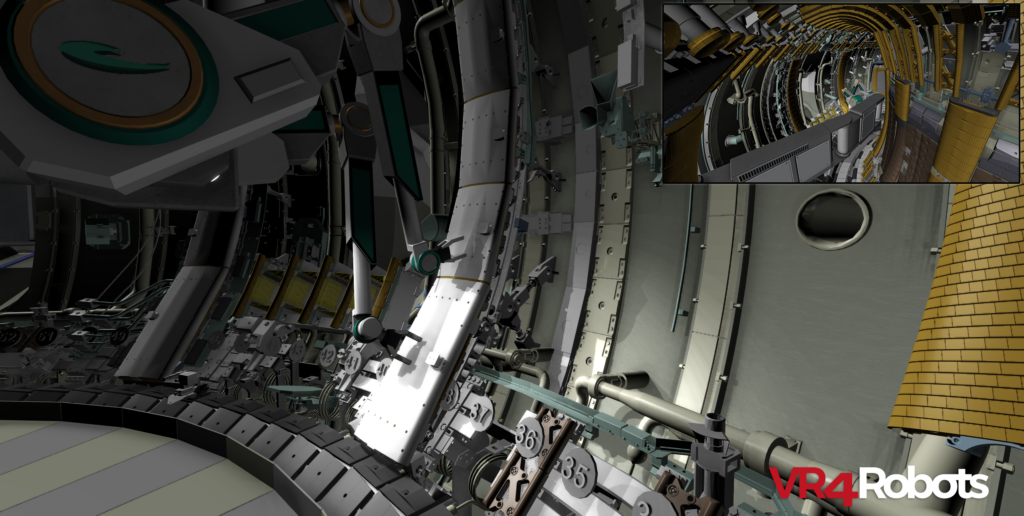
Imagine having to repair the biggest fusion device without being able to step inside. Massive pieces of expensive equipment installed with millimetric precision requiring checks; heavy components which may need to be replaced after time, smaller components difficult to reach with no cameras views to do the job. How does one open the doors of […]
Machine learning speeds up modelling of nuclear fusion

News from EUROfusion member DIFFER: Using machine learning is a promising trend in modelling the behaviour of the plasma inside a nuclear fusion reactor. DIFFER-researchers are pioneering very fast neural network models for plasma turbulence.
CHIMERA to transform fusion component testing

A unique machine to test materials for future fusion devices, known as CHIMERA (Combined Heating and Magnetic Research Apparatus), will be located in South Yorkshire, UK at the new Fusion Technology Facility of EUROfusion partner UKAEA.
Can three-ion heating calm fusion plasmas?
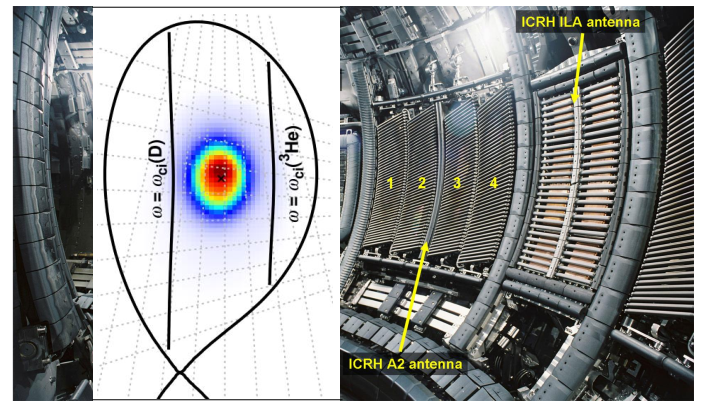
In their featured paper in the scientific journal Physics of Plasmas, a team of EUROfusion and US researchers show that there are still new tricks to be discovered when heating fusion plasmas. In addition to boosting the all-important fusion temperature, so-called “three-ion heating” may be able to study and influence processes of great importance to future fusion devices. The paper is making an impact: at the beginning of April, it was downloaded over 1500 times already.
What is all the excitement about?
Advanced computing grants for fusion

The EUROfusion consortium for the realisation of fusion energy has awarded funding for nineteen research projects in theory and advanced simulation to scientists across Europe. The fourteen research projects and five advanced computing hubs selected for the Work Plan 2021-2025 will strengthen understanding and predicting of fusion processes in the European fusion programme.
Hot idea: gold-streaked fusion implosions
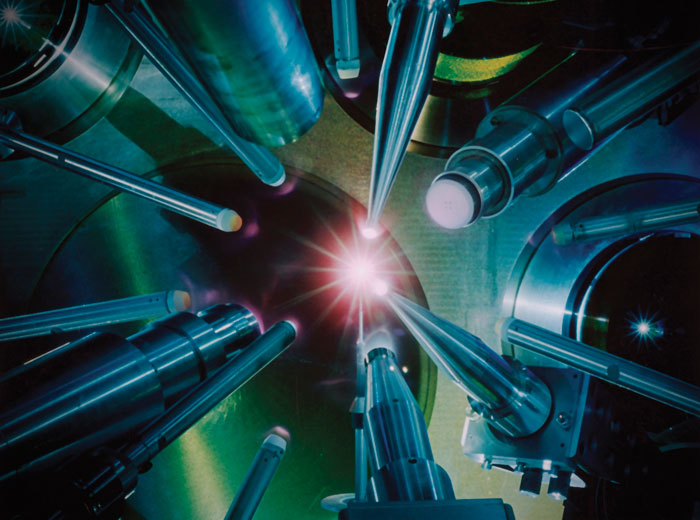
Can you boost laser-driven fusion implosions by seeding the fuel with gold? A creative idea from the world of nanoplasmonics fails to take root in solid physics, say inertial fusion experts Dimitri Batani and Vladimir Tikhonchuk at the French University of Bordeaux.
